Fluid & Heat Blog Posts
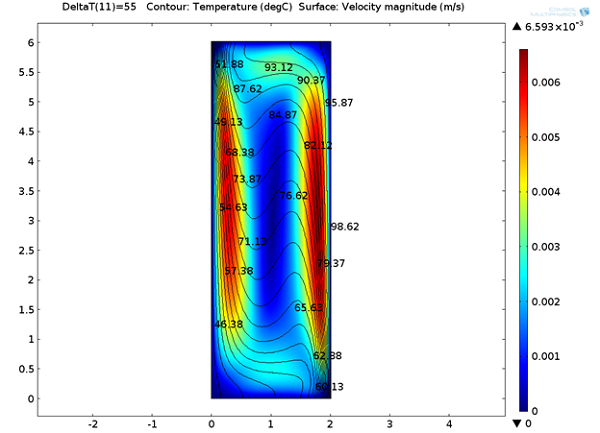
Buoyancy-Driven μPCR for DNA Amplification
True crime + simulation: The more DNA in a sample, the easier it is to accurately test and identify biomolecules, cells, and even an entire person during forensic investigations.
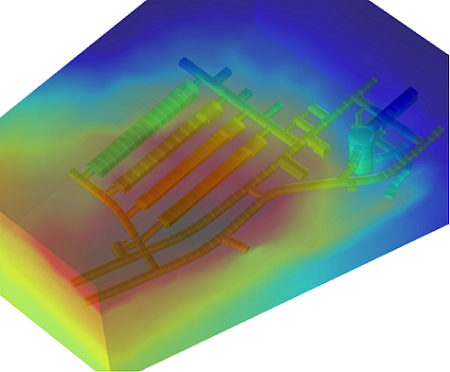
Amphos 21: Modeling Coupled Thermo-Hydro-Mechanical-Chemical Phenomena
A guest blogger from Amphos 21, a COMSOL Certified Consultant, discusses the company’s iCP technology for modeling coupled thermo-hydro-mechanical-chemical phenomena.

Implementing a Simple Temperature Controller with a Component Coupling
Learn how to implement a simple temperature controller (a feedback loop) in a thermal process simulation in COMSOL Multiphysics®. We demonstrate with a silicon wafer example >>
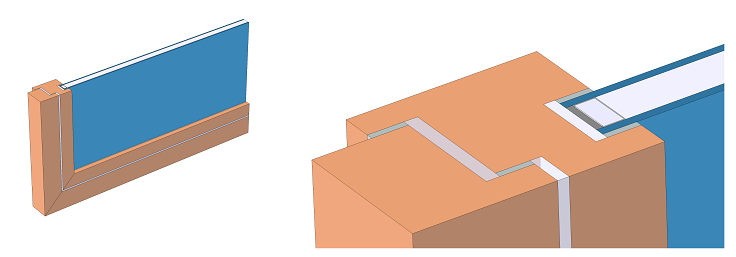
Simulating Thermal Performance in Windows
Windows must be able to keep heat out during the summer and heat in during the winter in order to keep the inside of a building at a comfortable temperature, a process called thermal insulation.
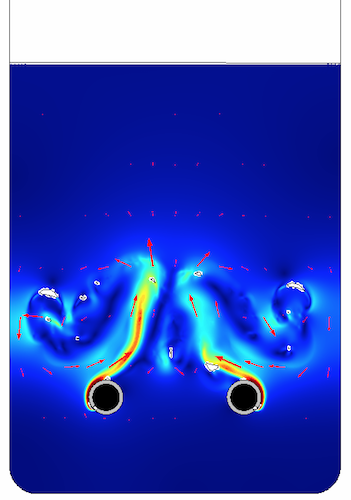
Improving Bioreactor Performance with COMSOL Multiphysics
A guest blogger from Continuum Blue gives an overview of what the consultancy can do using simulation for their biomedical engineering clients.
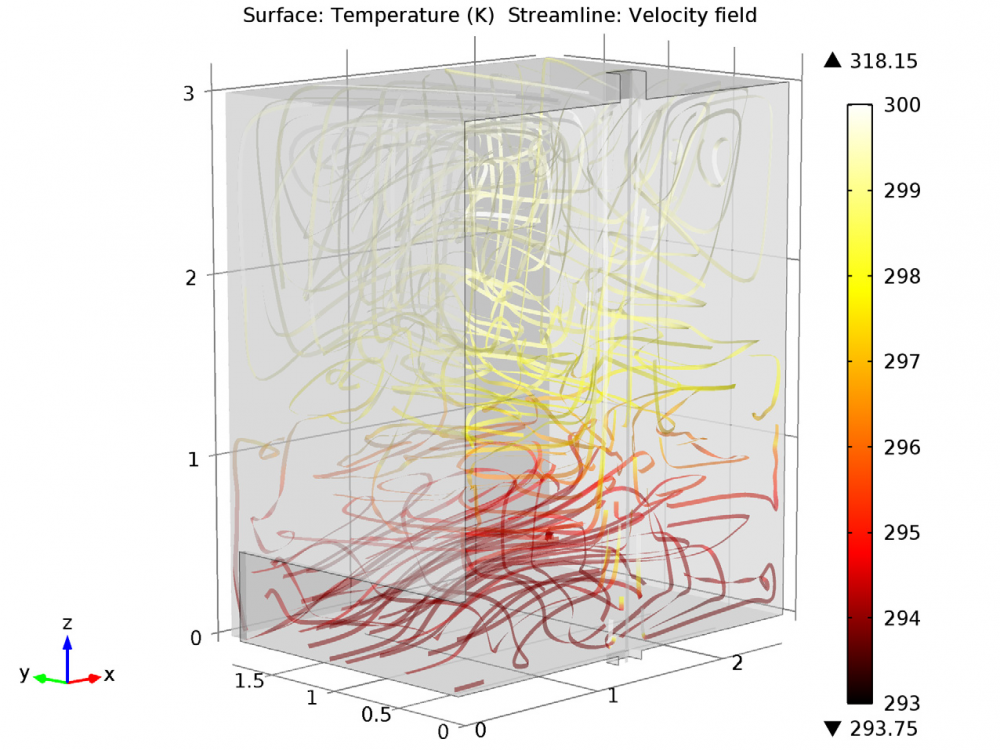
Modeling a Displacement Ventilation System
There are 2 different types of ventilation systems: mixing ventilation and displacement ventilation. Displacement ventilation is mainly found in offices, schools, and other public spaces.
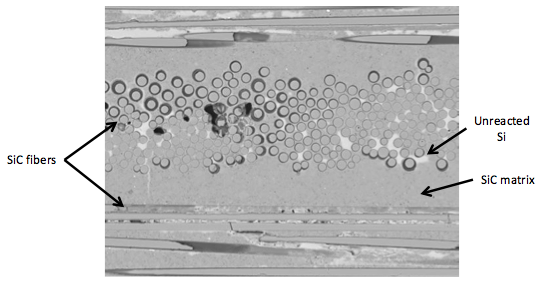
Multiphysics Analysis of Advanced Materials: Ceramic Matrix Composites
A guest blogger from AltaSim Technologies discusses ceramic matrix composites and how to accurately analyze the production of such an advanced material.

Modeling PSU Cooling with COMSOL
A forced convection cooling system, such as a PSU, is used for removing excess heat produced by electrical computer components. You can model this device in COMSOL Multiphysics®.
